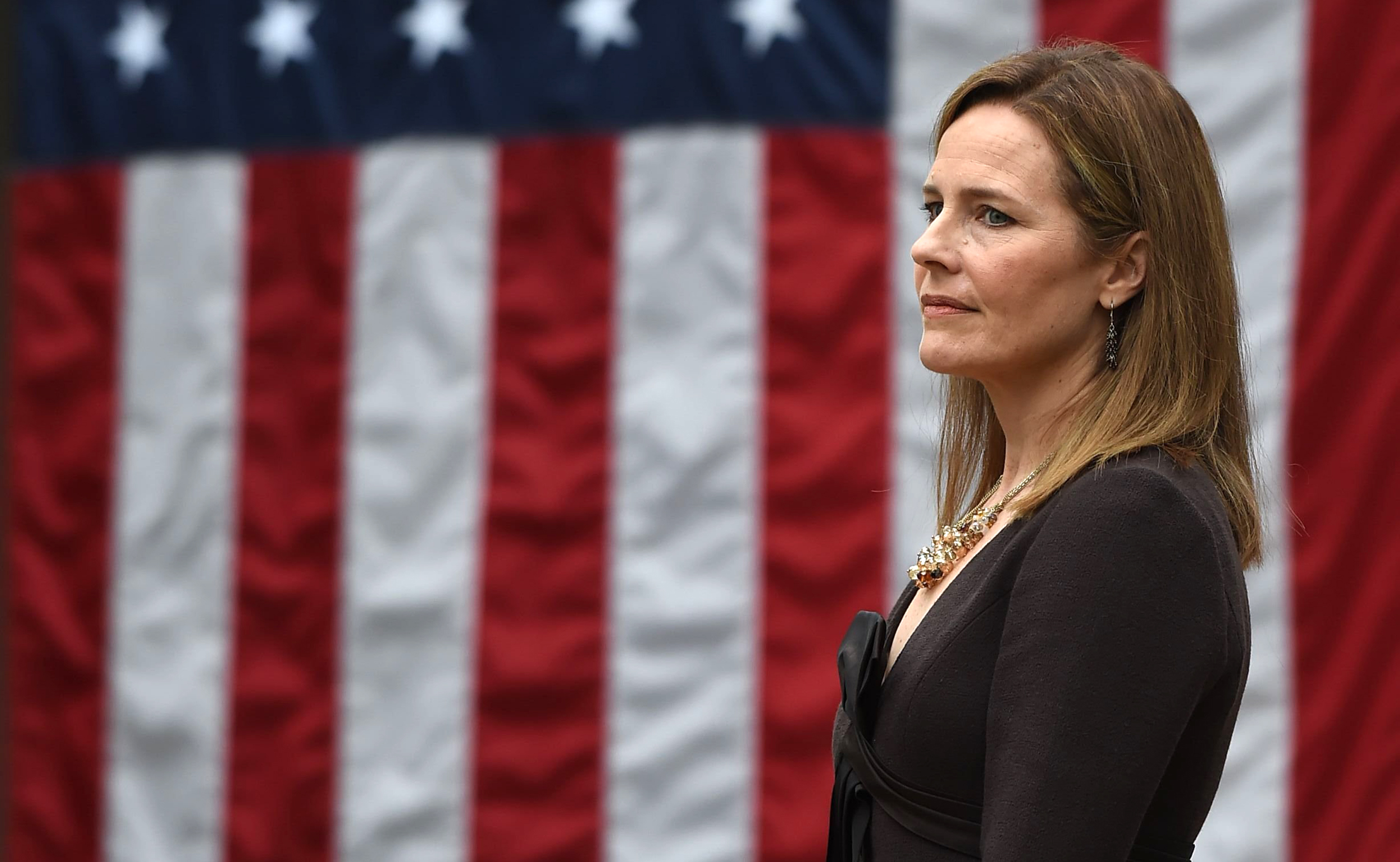Over the past several months, the people of this country have been riveted by both the presidential election and the confirmation of Amy Coney Barrett to the Supreme Court in the wake of the death of liberal icon Justice Ruth Bader Ginsburg. The nomination process was unusual in this case due to the determination of Senate Republicans to confirm a new justice before the election, contradicting the position they set in early 2016 following the death of Justice Antonin Scalia. Back then, the Senate, and notably Majority Leader Mitch McConnell (R-KY), refused to hold a hearing for President Obama’s nominee for the court, Merrick Garland, citing the election that coming Fall. As can be expected in such a charged context with controversial precedent, America was fiercely divided over the issue of this year’s nomination. According to a Gallup poll on the topic, 51 percent of people surveyed supported Barett’s nomination, whereas 46 percent objected. This divide was also reflected in the confirmation voting for Justice Barrett. Barrett’s became the first entirely partisan confirmation of a Supreme Court Judge since Edwin Stanton, who was also confirmed by a purely Republican vote, 151 years ago in 1869.
Nonetheless, a vote is a vote, and Justice Barrett is now on the bench. This raises the question on everyone’s mind: How is she going to vote? Justice Barrett had only a couple of years of experience as a judge on the Federal Court of Appeals, so Americans don’t have a clear picture of what her voting inclinations are. What we do know, however, is that she clerked for the aforementioned Justice Antonin Scalia, who was a firm practitioner of the judicial theory known as originalism, a theory that Justice Barrett is on record saying that she follows.
Originalism is based on the notion that in making rulings a court must interpret the constitution as it would’ve been understood during the time of the Founding Fathers. This is in contrast to living constitutionalism, a theory Justice Ginsburg (Barett’s predecessor) strongly affirmed, which posits that the meaning of the Constitution changes and evolves over time. Originalism by contrast leads opinions toward a more conservative judicial outlook, which is why Justice Barrett is viewed as conservative. However, what Barrett’s particular application of originalism will be is still unclear.
The Knight News spoke to professor Carl Bonomo, professor of political science at Queens College, for an expert’s view on Barrett and originalism. According to Bonomo, “ Her [purported view on the law] will not be as closely aligned as people might think with the [pure] originalist take on things, but I certainly think it won’t be far from Scalia’s. At least, not as far as people would like it to be.” This uncertainty as to what Justice Barrett’s particular brand of originalism is gets compounded by the fact that Justices influence each other’s views on the court, leading professor Bonomo to speculate that Amy Coney Barrett will “stay in her [ideological] lane, but that lane will get wider.”
So where’s the court going to go as a whole with the addition of Justice Barrett to its ranks? Again, it’s hard to say. The Supreme Court, led by Chief Justice John G. Roberts Jr., will continue to be a conservative court but perhaps not the extreme precedent-shattering machine many liberals fear, or some conservatives wish it to be. The evolution of the Supreme Court takes time and we probably won’t be able to discern how it has changed based on Barrett’s nomination until several years down the road. Until then, the American public will just have to wait and see.














